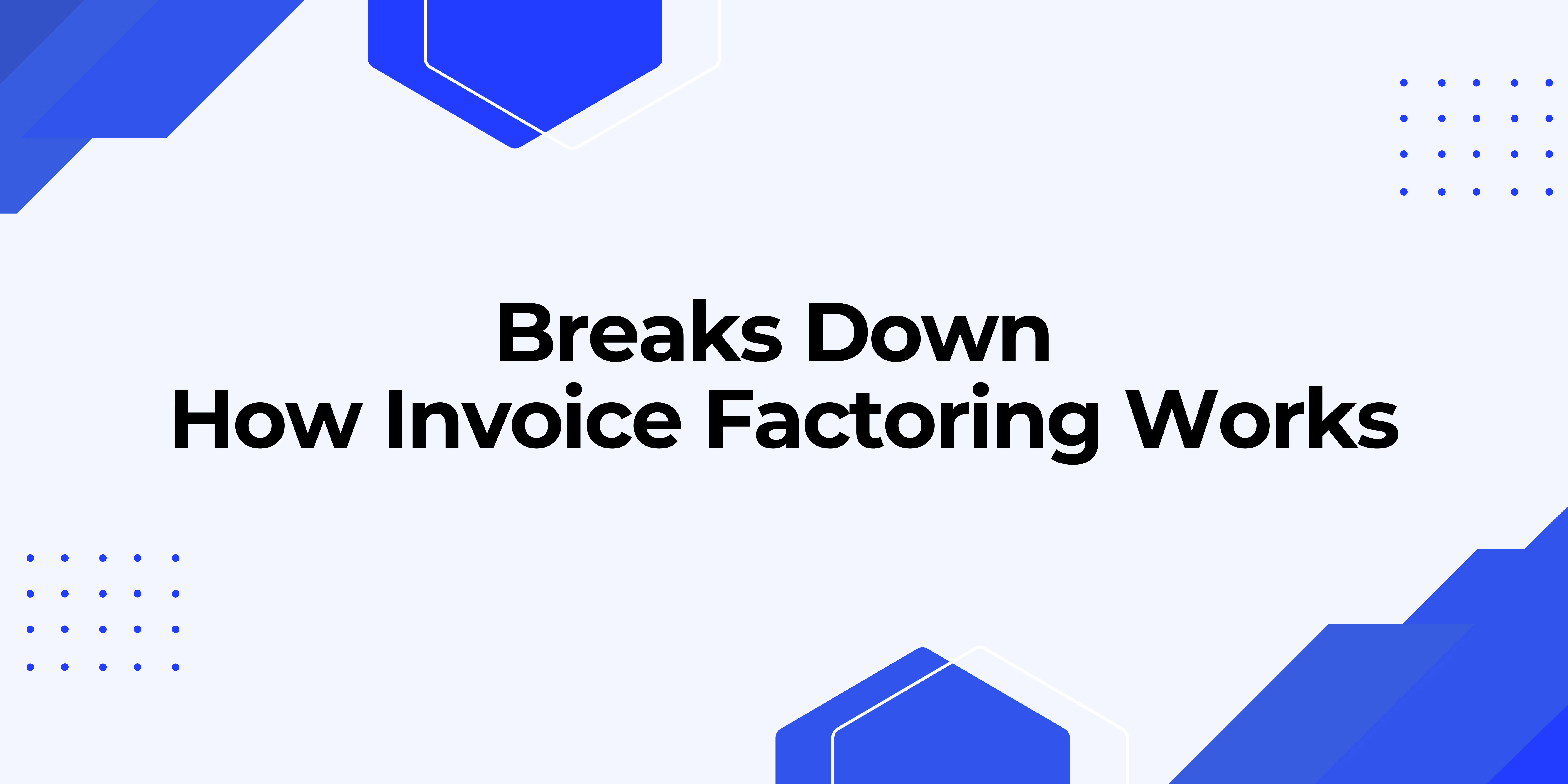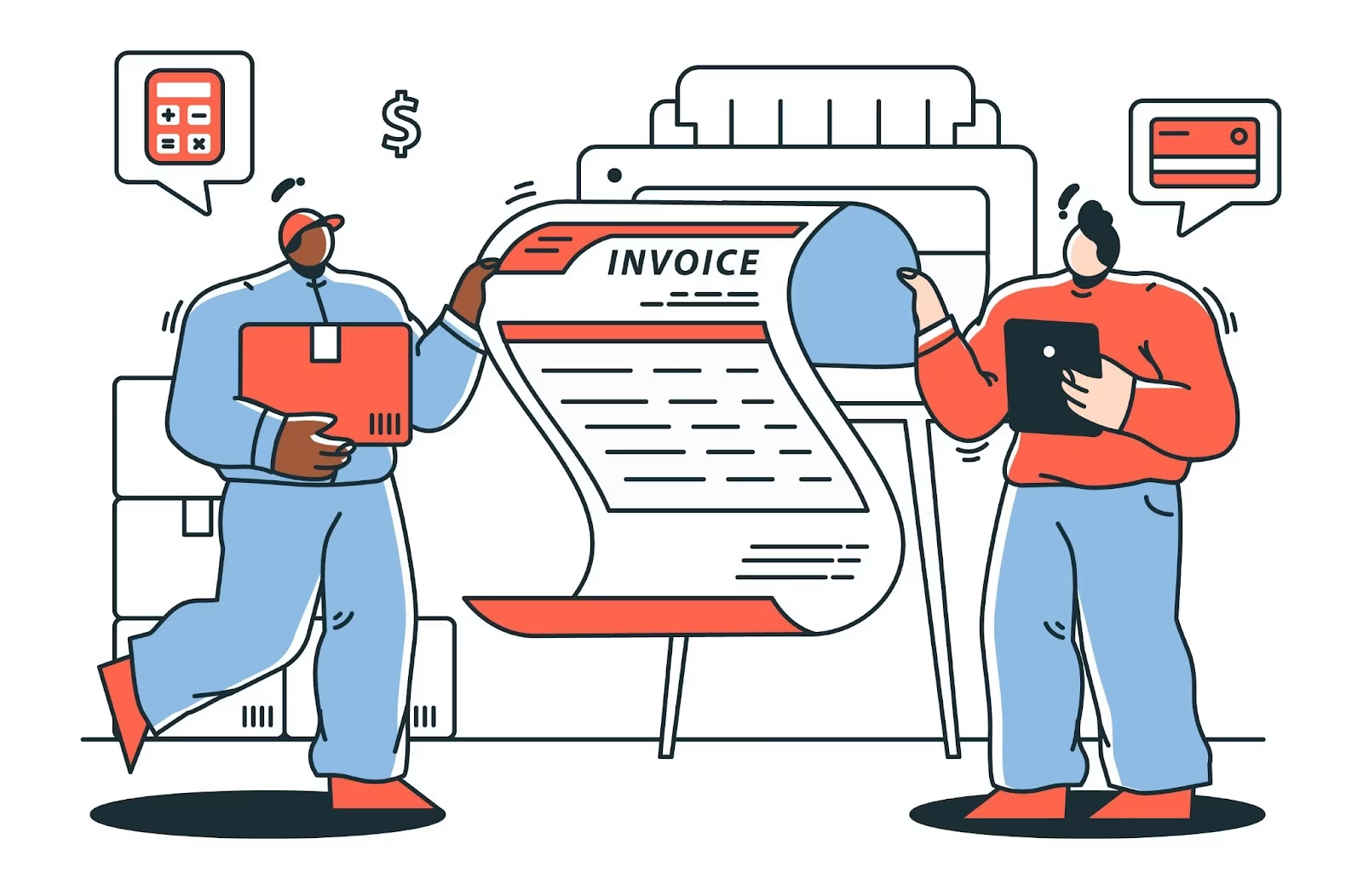
Imagine this: Your business is growing, customers are happy, but your cash flow is stuck. Why? Because you're still waiting 30, 60, even 90 days for clients to pay their invoices. If this sounds familiar, you're not alone—and you're not out of options.
Enter invoice factoring—a financial solution that gives you access to the cash you've already earned. In this article, we’ll walk you through what invoice factoring is, how it works, who it’s for, its pros and cons, and how to decide if it’s right for your business. Let’s unlock your cash flow and take control of your income stream—without waiting around.
Invoice factoring is a type of business financing that allows companies to sell their unpaid invoices to a factoring company in exchange for immediate cash. Instead of waiting for clients to pay, you get most of the invoice value up front—usually 70–90%.
The factoring company then takes on the task of collecting payment from your customers. Once your client pays, the factoring company sends you the remaining balance, minus their fee.
Think of it as turning your accounts receivable into working capital.
Step 1: You Complete the Work and Issue an Invoice
You provide your product or service and invoice your client, typically with 30–90 day payment terms.
Step 2: You Sell the Invoice to a Factoring Company
You submit that invoice to a factoring company. They review the customer’s creditworthiness—not just yours.
Step 3: You Receive an Advance
The factoring company pays you an advance—often around 85% of the invoice value.
Step 4: The Factoring Company Collects Payment
Your client pays the factoring company directly, on the original due date.
Step 5: You Get the Balance Minus Fees
Once the client pays, you receive the remaining 15%, minus the factoring fee (often 1%–5%).

1. Recourse Factoring
You’re responsible if your client doesn’t pay. It’s riskier for you but comes with lower fees.
2. Non-Recourse Factoring
The factoring company takes on the risk of non-payment. It’s safer but more expensive.
3. Spot Factoring
You choose specific invoices to factor, one at a time. Great for occasional needs.
4. Contract Factoring
You factor all (or most) invoices over a longer term. Better rates but less flexibility.
Invoice factoring is best for:
It may not be ideal if:
Real-Life Example: How It Works for a Logistics Company
Let’s say Erica owns a small freight business. Her clients pay 45 days after delivery, but she needs money now to pay drivers and fuel costs.
She sells a $50,000 invoice to a factoring company:
Receives an 85% advance: $42,500
Once the client pays, she gets the remaining 15%: $7,500
The factoring fee is 3%: $1,500
Net Cash Received: $49,000
Erica gets her money within 24 hours, keeps her business running, and avoids taking on debt.
Pros
Cons
People often confuse these two, but they’re different:
If you want to keep client contact private, financing might be a better fit. But for speed and simplicity, factoring wins.
Read More: Invoice Financing: What It Is, How It Works
Typical factoring fees range from 1% to 5% of the invoice amount, depending on:
For example: Factoring a $10,000 invoice with a 3% fee costs $300.
When picking a factoring provider, ask:
Some top U.S. providers include:
Not sure if factoring is right for you? Consider:
Use Otto AI invoicing platform to send, track, and automate invoices—helping reduce payment delays without needing external financing.
Access flexible funds when needed and only pay interest on what you use.
Pay back a fixed percentage of your monthly income—great for growing startups.
Offer a small discount to clients who pay within 7–10 days.
Use it when:
Avoid it if:
Invoice factoring is a powerful tool—especially if you’re running a growing business and struggling with long payment cycles. It’s fast, flexible, and can free up the cash you’ve already earned.
But like any financial solution, it comes with trade-offs. Understanding your needs, your customers, and your tolerance for cost vs. speed is key.